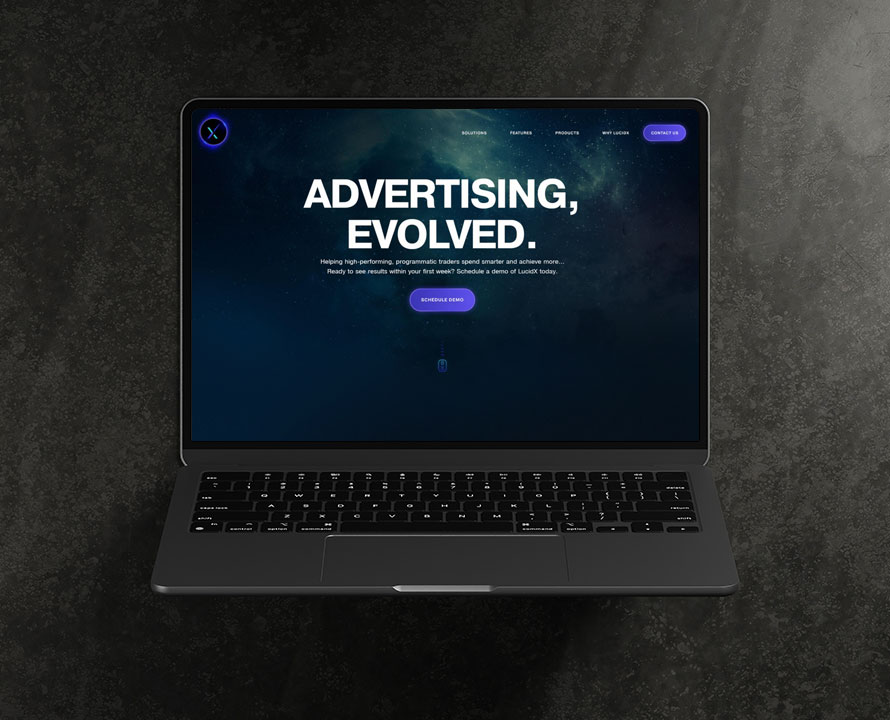
In the world of digital marketing and web design, User Experience (UX) stands as a critical pillar of success. An intuitive and engaging UX not only keeps users on your site longer but also converts visitors into loyal customers. As an established Creative Director and brand marketing expert, I’ve seen firsthand how optimizing UX can lead to remarkable improvements in user satisfaction and business outcomes. This article delves into best practices for creating a compelling user experience that delights and engages your audience.
User Experience (UX) refers to the overall experience a user has while interacting with a website or application. It encompasses various aspects including usability, accessibility, performance, and aesthetics. A well-designed UX ensures that users can easily navigate and interact with a site, leading to higher satisfaction and engagement.
Key Components of UX:
A seamless UX leads to higher user satisfaction by making interactions simple and enjoyable. When users find a site easy to navigate, they are more likely to stay longer and return.
Good UX design can significantly boost conversion rates. Clear calls to action, easy navigation, and fast load times all contribute to converting visitors into customers.
A positive user experience builds trust and loyalty. When users have a great experience with your site, they are more likely to return and recommend your brand to others.

With the increasing use of mobile devices, ensuring your site is mobile-friendly is crucial. Responsive design adapts your site to fit various screen sizes, providing a consistent experience across devices.
Tips for Mobile Responsiveness:
Simple and intuitive navigation helps users find what they need quickly and easily. A clear and well-organized menu structure reduces frustration and improves the overall user experience.
Navigation Best Practices:
Page load time is a critical factor in UX. Slow-loading pages frustrate users and lead to higher bounce rates. Optimizing your site’s performance ensures users stay engaged and satisfied.
Techniques to Improve Load Times:
Engaging content is key to keeping users interested and invested in your site. High-quality, relevant content not only attracts users but also encourages them to explore further.
Content Strategies:
Accessibility ensures that all users, including those with disabilities, can use your site effectively. Implementing accessibility best practices makes your site more inclusive and improves the overall user experience.
Accessibility Guidelines:
Regularly collecting and implementing user feedback helps you understand how users interact with your site and where improvements are needed. This iterative process is key to maintaining a user-centric design.
Ways to Gather Feedback:

To illustrate the impact of effective UX design, let’s look at the case of LucidX, a tech startup we partnered with at Lucent Marketing.
LucidX aimed to establish a high-end tech brand with a clear visual story and an engaging user experience that would attract new investors and customers.
Mobile-First Design: We prioritized a mobile-first design to ensure a seamless experience across devices. This included fluid grids, touch-friendly elements, and optimized images.
Simplified Navigation: We created a clear and logical menu structure with descriptive labels and an integrated search functionality, making it easy for users to find information.
Performance Optimization: By compressing images, minimizing HTTP requests, and leveraging browser caching, we significantly improved page load times.
Engaging Content: We developed high-quality, relevant content tailored to LucidX’s audience, incorporating visuals and readable layouts to enhance engagement.
Accessibility Features: We implemented alt text for images, ensured keyboard navigation, and used readable fonts to make the site more accessible.
The result was a highly responsive, intuitive, and engaging website that significantly boosted user satisfaction, increased page views, and improved conversion rates. The positive user experience reinforced LucidX’s brand identity and helped them attract new investors and expand their customer base.
Personalization involves tailoring the user experience to individual users based on their preferences and behavior. This can significantly enhance engagement and satisfaction.
Personalization Techniques:
Microinteractions are small, subtle design elements that enhance the user experience by providing feedback and making interactions feel more intuitive.
Examples of Microinteractions:
Emotional design focuses on creating experiences that elicit positive emotions, making the user feel happy, satisfied, or connected to the brand.
Elements of Emotional Design:
Enhancing UX in website design is a multifaceted process that requires a deep understanding of your audience and a commitment to continuous improvement. By prioritizing mobile responsiveness, simplifying navigation, optimizing performance, creating engaging content, ensuring accessibility, and implementing user feedback, you can create an intuitive and engaging user experience that delights your audience and drives business success.
At Lucent Marketing, we’ve seen the transformative power of effective UX design in countless projects. Remember, the key to successful UX design is to keep the user at the center of every decision. With these best practices in mind, you can create a website that not only meets but exceeds user expectations.
